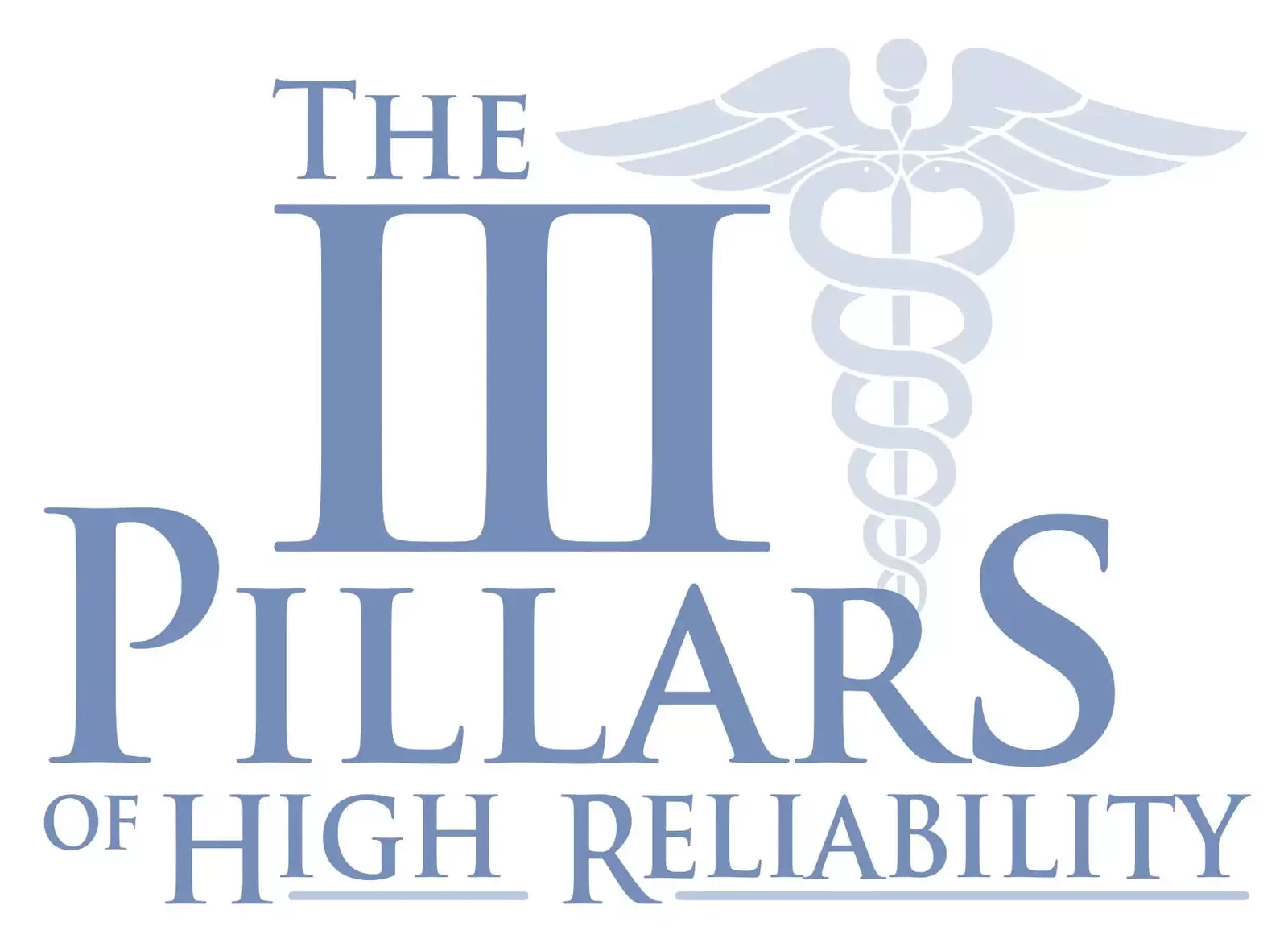
In a previous post, we defined the primary traits of a High Reliability Organization, the goal to which modern health care organizations aspire . While understanding the traits of an HRO is a necessary first step in pursing HRO status, it also raises the question of how organizations support the cultural and technological challenges presented by the transition from a traditional medical business model to the HRO model. The fact is, merely paying lip service to the ideals of an HRO will not move an organization closer to true High Reliability.
In order to achieve High Reliability, an organization requires three fundamental underlying support systems or pillars: access to and consistent, conscientious use of an Improvement Process Platform, a Culture of Patient Safety that permeates all levels of the organization, and a radical commitment to Teamwork.
1) Conscientious Use of an Improvement Process Platform
In order to become an HRO, an organization must have the capability of handling multiple complex and complicated procedures and processes across all its widely diverse departments. It must be able to establish and track essential protocols, and to meet and adapt to changes in best practice requirements as established by all regulatory agencies. Clearly, these tasks are beyond the abilities of any one person or even a department. In order to function effectively in today’s complex and ever-changing regulatory and technological environment, health care organizations must acquire and make good use of a software platform that provides real-time regulatory updates, monitors checklist compliance, and generates accurate metrics for use in determining future process improvements.
2) Patient Safety Culture
A truly High Reliability health care organization must hold patient safety as its highest goal, uncompromised by other concerns. All employees must understand that the fundamental purpose of their jobs, whether they be surgeons, administrators, or maintenance workers, is to provide the safest environment possible for every patient. This is not to say that health care HROs should not be profitable (they should), or that they should neglect other areas of operations, but rather that Patient Safety should be the baseline from which all other activities arise.
3) A Radical Commitment to Teamwork
The traditional social structure of health care organizations is extremely hierarchical, with physicians at the top of the food chain and everyone else arrayed below them. In the past, hospitals that emphasized teamwork as a goal did so without changing the underlying attitudes of the hierarchical system. As a result, employees were often hesitant to question a superior’s decision or even to make a suggestion for fear of scorn, humiliation, or even retribution from the higher-ranking person.
In order to achieve High Reliability, health care organizations must commit to a kind of teamwork that erases the old hierarchical structures completely. In an HRO, the success of the whole depends on the input of every individual. Each employee’s experience merits respect and each employee must feel able to make suggestions with confidence, knowing that his or her input will be taken seriously.
While these Pillars of High Reliability may seem evident to those familiar with a quest for HRO status in health care, they represent a significant re-imagining of how health care works. Traditionally structured health care providers face significant changes in how they think and function if they are to merit High Reliability ranking, but if these three Pillars are in place, the day-to-day process of improvement becomes feasible.
